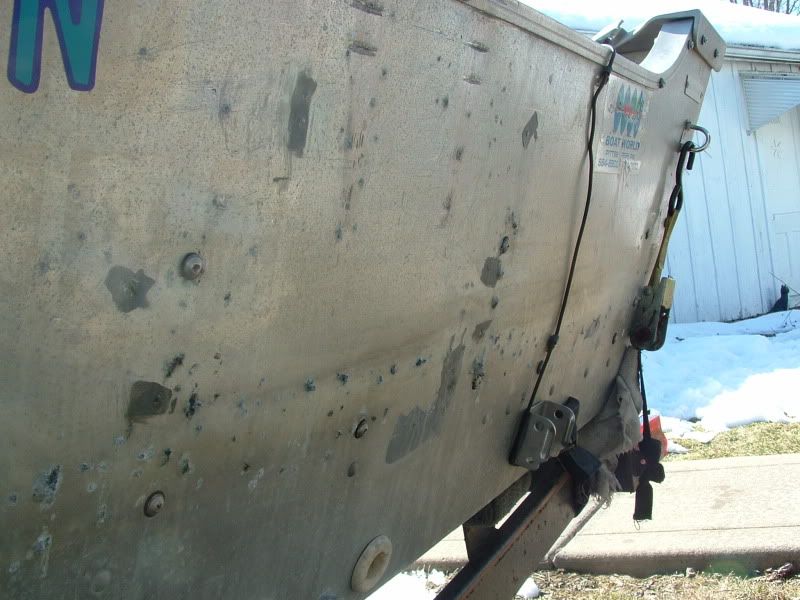I was looking at an aluminum boat this morning. The sides of the boat and the hull of the boat look to be in excellent condition. No scratches, no marks, slight discoloration. The transom of the boat had many many deep pitting holes through the aluminum. I'm not sure how they got there but it looks like electrolysis to me. The previous owner put about a dozen stainless steel screws through the transom into the wood. What do you think would cause those holes?
photo hosting sites






 Reply With Quote
Reply With Quote







